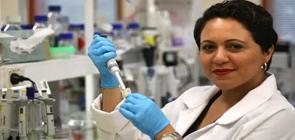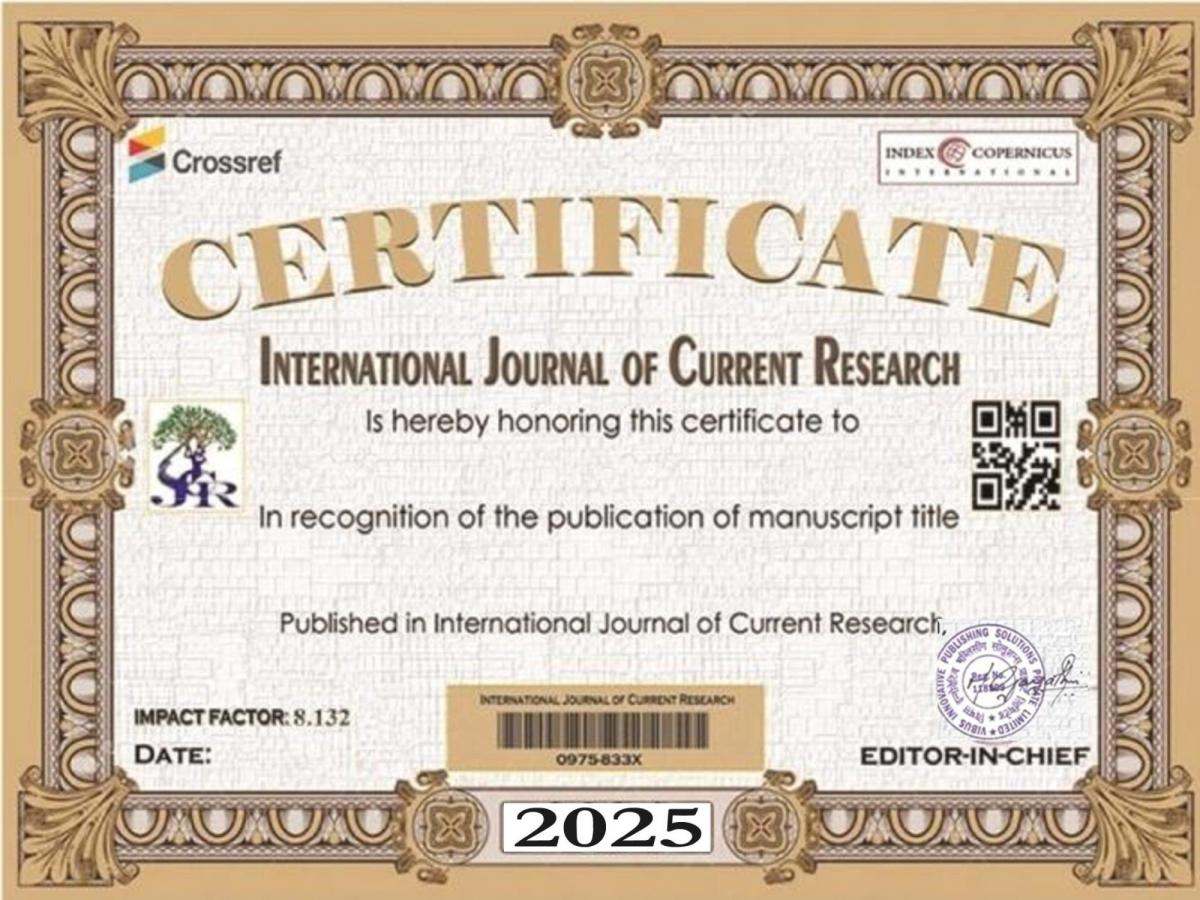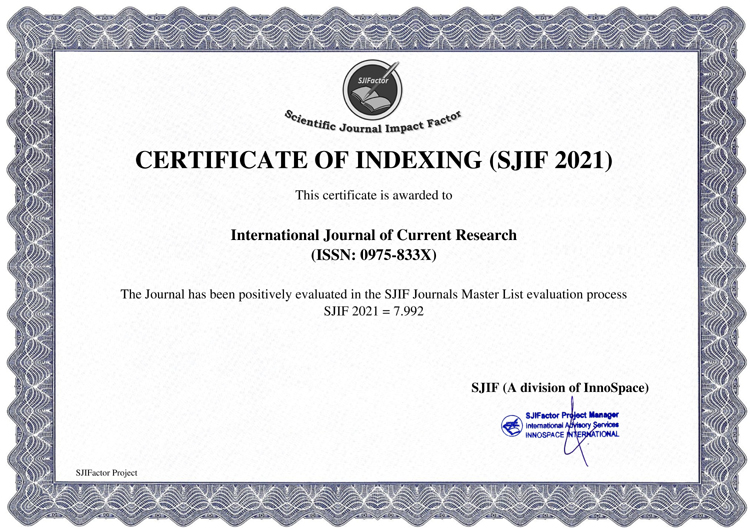Objective: This study aims to compare the efficiency of ultraviolet versus white light in detecting adhesive remnants having fluorescence property during orthodontic debonding and comparing the efficiency of removing adhesives with the conventional debonding technique using debonding plier and ligature cutter. Materials and Methods: The study included 20 extracted premolars from patients undergoing fixed orthodontic treatment. Each premolar was mounted on an acrylic block and MBT brackets were bonded to these premolars with an adhesive having fluorescence property. Total premolars were divided into two groups, Group A and Group B with 10 samples each. Group A brackets were debonded with debonding plier and Group B with ligature cutter respectively. The adhesive remnants after debonding from Group A and B were removed under white light and ultraviolet light, with 5 samples each from Group A and Group B. Each tooth samples were observed under a Stereomicroscope for the estimation of adhesive remnants left behind after the adhesive removal. The photographic images were scaled and the surface area(mm2) estimation of the remaining adhesive remnants was calculated with Image J software. Result: There was a significant difference in the surface area seen after adhesive remnants removal under Ultraviolet light and White light. Removal of adhesive remnants under Ultraviolet light showed lesser surface area of remnants on tooth surface compared with the white light, which showed the highest surface area(P<0.05). There was no significant difference in surface area seen with adhesive remnants after debonding using debonding pliers and ligature cutter. Conclusion: Using Ultraviolet light, the adhesives remaining on the teeth surface after debonding can be easily detected and removed conservatively without abrading the teeth surface.





